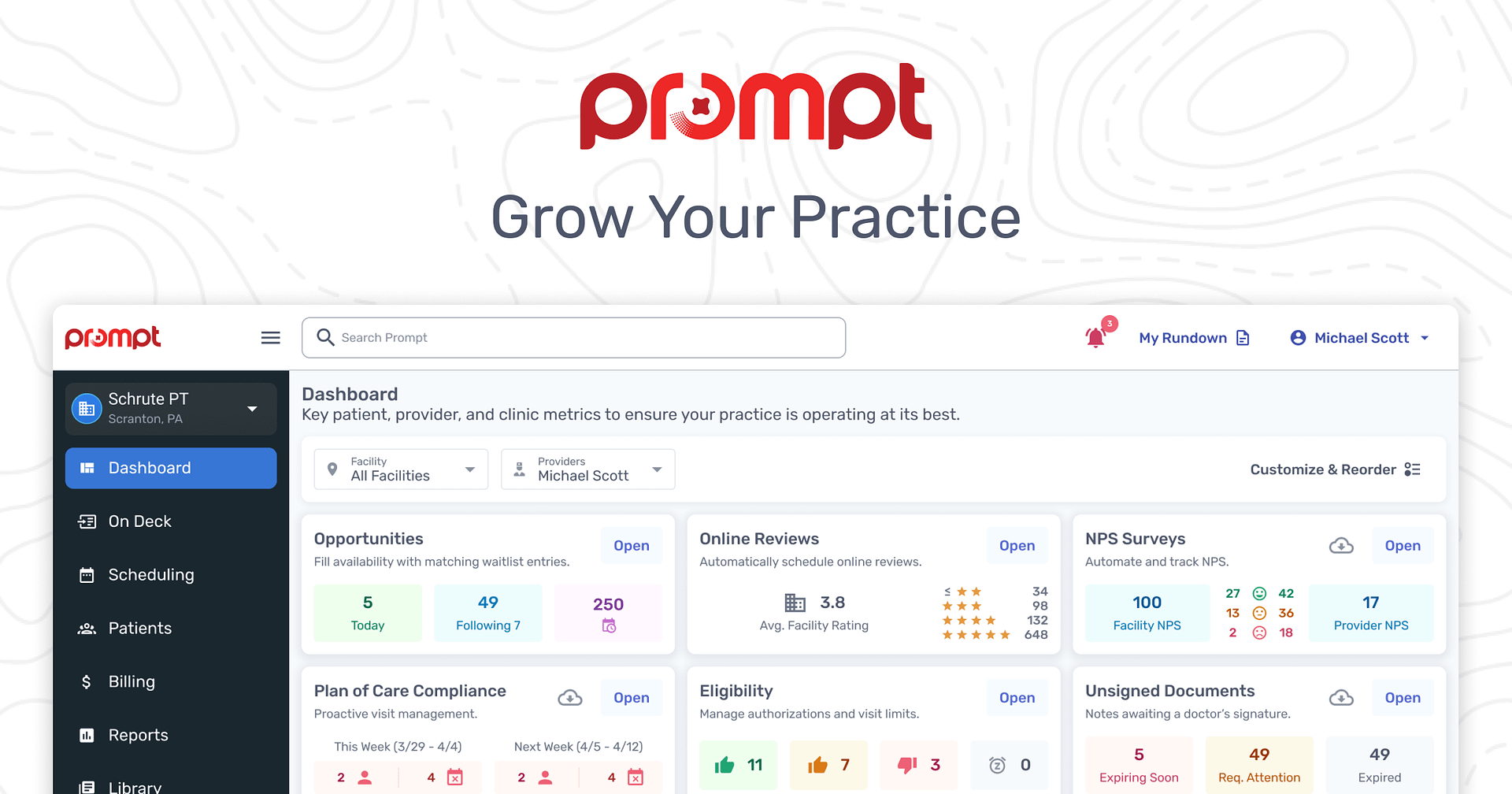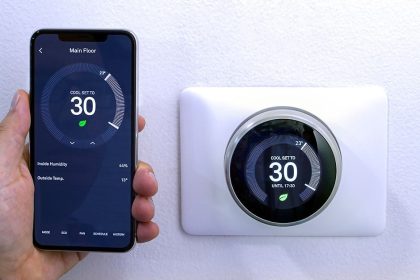In the fast-paced and dynamic realm of healthcare, where every second counts and patient information is paramount, the need for efficient and secure access to electronic medical records (EMRs) is paramount. The prompt EMR login system serves as the gateway to accessing these critical records, offering a balance between rapid access and stringent security measures. In this comprehensive discussion, we will explore the significance of the prompt EMR login system, its key components, benefits, and its pivotal role in ensuring efficiency and security within healthcare facilities.
Understanding Prompt EMR Login:
The prompt EMR login system is the mechanism through which authorized healthcare personnel gain access to electronic medical records swiftly and securely. It encompasses a range of authentication methods designed to verify the identity of users before granting them access to sensitive patient data. This system is essential for maintaining confidentiality, protecting patient privacy, and ensuring compliance with regulatory standards such as the Health Insurance Portability and Accountability Act (HIPAA).
Key Components of the Prompt EMR Login System:
- User Authentication: At the heart of the prompt EMR login system lies robust user authentication mechanisms. This typically involves requiring users to enter a unique username and password combination, which serves as the primary means of verifying their identity. Additionally, advanced authentication methods such as biometric verification (e.g., fingerprint or facial recognition) or smart card authentication may be employed for added security.
- Role-Based Access Control (RBAC): Role-based access control is a fundamental aspect of the prompt EMR login system. It enables administrators to assign specific access privileges to users based on their roles within the healthcare organization. For example, physicians may have access to patient records relevant to their specialty, while administrative staff may have access to billing and scheduling information. RBAC ensures that users only access the data necessary for their duties, minimizing the risk of unauthorized disclosure.
- Multifactor Authentication (MFA): Multifactor authentication adds an extra layer of security to the prompt EMR login process by requiring users to provide multiple forms of verification. This may include something they know (e.g., a password), something they have (e.g., a smart card), or something they are (e.g., a fingerprint). By combining two or more authentication factors, MFA significantly reduces the likelihood of unauthorized access.
- Session Management: Effective session management features are integral to the prompt EMR login system. These features control the duration and scope of user sessions, automatically logging users out after a period of inactivity and limiting concurrent logins to prevent unauthorized access. Session management safeguards against security threats such as session hijacking and ensures that EMR access remains secure at all times.
- Audit Trails: Comprehensive audit trails provide a detailed record of user activities within the EMR system. Every login attempt, data access, modification, or transfer is logged, along with relevant metadata such as timestamps and user identifiers. Audit trails serve as invaluable tools for monitoring user behavior, detecting potential security breaches, and facilitating compliance audits.
Benefits of the Prompt EMR Login System:
- Enhanced Security: By implementing stringent authentication measures such as RBAC and MFA, the prompt EMR login system enhances security and protects sensitive patient data from unauthorized access or breaches. Robust session management and audit trails further bolster security measures, enabling healthcare organizations to meet regulatory requirements and maintain patient trust.
- Improved Efficiency: Despite its focus on security, the prompt EMR login system does not compromise on efficiency. By providing rapid access to electronic medical records, healthcare personnel can retrieve critical patient information in real-time, facilitating informed decision-making, and delivering timely care. Streamlined authentication processes minimize login times, ensuring that clinicians can focus on patient care without unnecessary delays.
- Customization and Flexibility: The prompt EMR login system offers customization options to meet the diverse needs of healthcare organizations. Administrators can tailor access privileges based on user roles, departmental requirements, and regulatory mandates, ensuring that each user has the appropriate level of access to EMR data. This flexibility enables healthcare facilities to adapt to evolving security standards and organizational workflows.
- Compliance Assurance: Compliance with regulatory standards such as HIPAA is paramount in healthcare settings. The prompt EMR login system helps healthcare organizations maintain compliance by implementing robust security controls, enforcing access restrictions, and generating comprehensive audit trails. These measures not only safeguard patient privacy but also demonstrate a commitment to data protection and regulatory adherence.
- Patient-Centered Care: Ultimately, the prompt EMR login system contributes to the delivery of patient-centered care by empowering healthcare providers with timely access to accurate and comprehensive patient information. With secure access to EMRs, clinicians can make informed clinical decisions, coordinate care effectively, and optimize patient outcomes. Patients benefit from a healthcare system that prioritizes confidentiality, accuracy, and safety.
Conclusion:
In the ever-evolving landscape of healthcare, the prompt EMR login system stands as a cornerstone of efficiency and security. By leveraging robust authentication mechanisms, role-based access controls, multifactor authentication, session management, and audit trails, healthcare organizations can ensure the confidentiality, integrity, and availability of electronic medical records. As technology continues to advance and regulatory requirements evolve, the prompt EMR login system will remain indispensable in safeguarding patient data and supporting the delivery of high-quality, patient-centered care.
Prompt EMR Login FAQ
- What is a prompt EMR login?
- A prompt EMR login refers to a system used in healthcare facilities to securely authenticate users and grant them access to electronic medical records (EMRs) quickly and efficiently.
- A prompt EMR login refers to a system used in healthcare facilities to securely authenticate users and grant them access to electronic medical records (EMRs) quickly and efficiently.
- Why is prompt EMR login important in healthcare?
- Prompt EMR login is essential in healthcare to ensure that authorized personnel can access patient records promptly while maintaining stringent security measures to protect sensitive medical information from unauthorized access or breaches.
- Prompt EMR login is essential in healthcare to ensure that authorized personnel can access patient records promptly while maintaining stringent security measures to protect sensitive medical information from unauthorized access or breaches.
- What are the key components of a prompt EMR login system?
- The key components of a prompt EMR login system include user authentication (e.g., usernames and passwords), role-based access control (RBAC), multifactor authentication (MFA), session management, and audit trails.
- The key components of a prompt EMR login system include user authentication (e.g., usernames and passwords), role-based access control (RBAC), multifactor authentication (MFA), session management, and audit trails.
- How does role-based access control (RBAC) work in a prompt EMR login system?
- RBAC allows administrators to assign specific access privileges to users based on their roles within the healthcare organization. For example, physicians may have access to patient records relevant to their specialty, while administrative staff may have access to billing and scheduling information.
- RBAC allows administrators to assign specific access privileges to users based on their roles within the healthcare organization. For example, physicians may have access to patient records relevant to their specialty, while administrative staff may have access to billing and scheduling information.
- What is multifactor authentication (MFA) and why is it used in prompt EMR login systems?
- Multifactor authentication requires users to provide multiple forms of verification before accessing EMRs, such as something they know (e.g., a password) and something they have (e.g., a smart card). MFA enhances security by adding an extra layer of authentication beyond just usernames and passwords.
- Multifactor authentication requires users to provide multiple forms of verification before accessing EMRs, such as something they know (e.g., a password) and something they have (e.g., a smart card). MFA enhances security by adding an extra layer of authentication beyond just usernames and passwords.
- How does session management contribute to the security of prompt EMR login systems?
- Session management features control the duration and scope of user sessions, automatically logging users out after a period of inactivity and limiting concurrent logins. This helps prevent unauthorized access and protects against security threats such as session hijacking.
- Session management features control the duration and scope of user sessions, automatically logging users out after a period of inactivity and limiting concurrent logins. This helps prevent unauthorized access and protects against security threats such as session hijacking.
- What is the purpose of audit trails in prompt EMR login systems?
- Audit trails provide a detailed record of user activities within the EMR system, including login attempts, data access, modifications, and transfers. These logs are invaluable for monitoring user behavior, detecting security breaches, and ensuring compliance with regulatory requirements.
- Audit trails provide a detailed record of user activities within the EMR system, including login attempts, data access, modifications, and transfers. These logs are invaluable for monitoring user behavior, detecting security breaches, and ensuring compliance with regulatory requirements.
- How does prompt EMR login contribute to compliance with healthcare regulations such as HIPAA?
- Prompt EMR login systems help healthcare organizations maintain compliance with regulations like HIPAA by implementing robust security controls, enforcing access restrictions, and generating comprehensive audit trails. These measures ensure patient privacy and data protection.
- Prompt EMR login systems help healthcare organizations maintain compliance with regulations like HIPAA by implementing robust security controls, enforcing access restrictions, and generating comprehensive audit trails. These measures ensure patient privacy and data protection.
- Can prompt EMR login systems be customized to meet the specific needs of healthcare organizations?
- Yes, prompt EMR login systems can be customized to meet the diverse needs of healthcare organizations. Administrators can tailor access privileges, authentication methods, and security settings based on organizational workflows, regulatory requirements, and user roles.
- Yes, prompt EMR login systems can be customized to meet the diverse needs of healthcare organizations. Administrators can tailor access privileges, authentication methods, and security settings based on organizational workflows, regulatory requirements, and user roles.
- How does prompt EMR login contribute to patient-centered care?
- Prompt EMR login systems empower healthcare providers with timely access to accurate patient information, enabling them to make informed clinical decisions, coordinate care effectively, and optimize patient outcomes. Patients benefit from a healthcare system that prioritizes confidentiality, accuracy, and safety.
Also Read: https://realitypanel.com/















